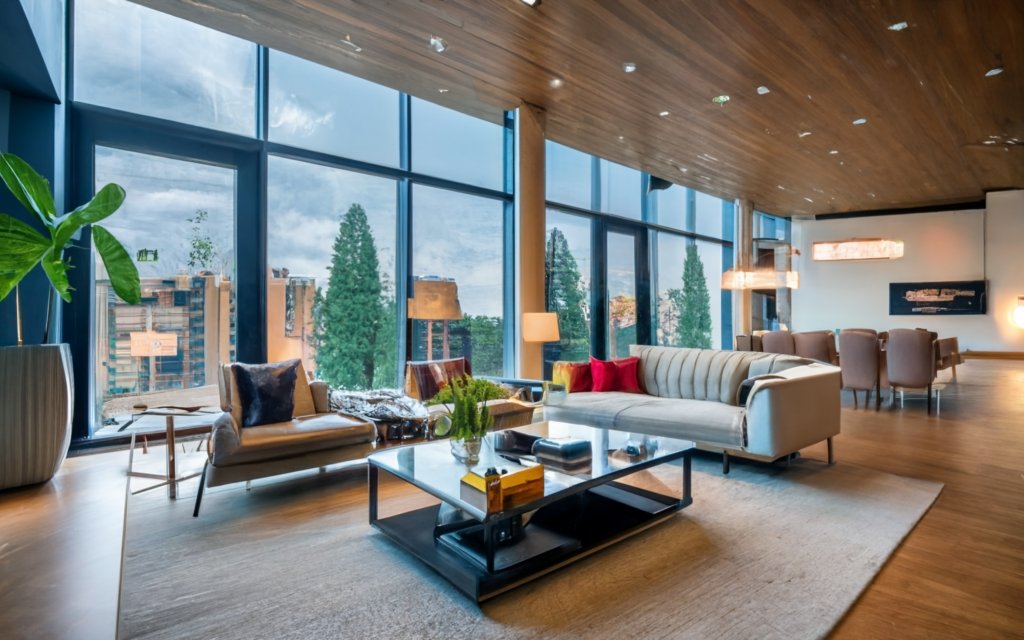Recent Posts
-
Installing Spotlights in Ceiling | Obals Expert Guide
Learn the expert steps and best practices for installing spotlights in your ceiling. Discover the benefits, tools needed, and tips for achieving a professional look.
06/21/2024
-
Warm White Versus Cool White | Expert Lighting Guide
Discover the differences between warm white and cool white lighting. Learn from industry experts about their applications, benefits, and how to choose the right color temperature for your space.
06/21/2024
-
Under Cabinet Lighting Kitchen | Expert Guide
Explore the benefits and best practices for installing under cabinet lighting in your kitchen. Learn from industry experts about types, installation tips, and design ideas to optimize your kitchen lighting.
06/20/2024
-
Screwfix LED Downlights | Expert Lighting Guide
Discover the advantages and best practices for installing Screwfix LED downlights. Learn from industry experts about their features, benefits, and tips for optimizing your lighting setup.
06/20/2024
-
Modern Lighting Factory | Expert Insights
Explore the advancements and benefits of modern lighting factories. Learn from industry experts about the latest technologies, manufacturing processes, and design trends in the lighting industry.
06/19/2024
-
Ceiling Spotlights LED | Expert Lighting Guide
Discover the benefits and best practices for installing LED ceiling spotlights. Learn from industry experts about the types, advantages, and design tips for optimizing your LED spotlight setup.
06/18/2024
Installing Recessed Lights | Lighting Insights
Installing Recessed Lights
Recessed lighting is a popular choice for commercial spaces due to its clean, modern look and versatility. In this comprehensive guide, we will explore the expert techniques and best practices for installing recessed lights in commercial settings, ensuring both functionality and aesthetics.
1. Planning Your Recessed Lighting Layout
Before you begin the installation process, carefully plan the layout of your recessed lights. Consider factors such as:
Lighting Goals: Determine the primary purpose of the lighting installation, whether it's ambient lighting, task lighting, or accent lighting.
Spacing: Calculate the appropriate distance between each recessed light to achieve even illumination. This spacing may vary based on factors like ceiling height and the type of lighting.
Fixture Type: Choose the appropriate fixture type, such as adjustable, wall-washer, or directional, based on your lighting objectives.
2. Selecting the Right Fixtures
Choosing the right recessed light fixtures is crucial for achieving your desired lighting effects. Consider factors like:
Trim Style: Select trim styles that complement your interior design and blend seamlessly with the ceiling.
Bulb Type: Opt for energy-efficient LED bulbs with the desired color temperature and CRI (Color Rendering Index) for your specific lighting needs.
Damp or Wet Location: Ensure that the fixtures are suitable for the environment in which they will be installed, especially if you are placing recessed lights in areas prone to moisture.
3. Electrical Work
Proper electrical work is essential to ensure the safety and functionality of your recessed lighting system:
Turn Off Power: Before starting any electrical work, turn off the power to the circuit where you will be installing the lights to prevent electrical accidents.
Follow Electrical Codes: Adhere to local electrical codes and regulations when wiring and connecting the fixtures.
Hire a Professional: If you are not experienced with electrical work, it's advisable to hire a licensed electrician to handle the wiring.
4. Installation Process
The installation process involves cutting holes in the ceiling, securing the fixtures, and connecting the wiring. It's important to:
Use Templates: Templates or hole saws can help you accurately cut holes for the recessed lights in the ceiling.
Secure Fixtures: Ensure that fixtures are securely attached to the ceiling to prevent any sagging or misalignment over time.
Properly Seal: Seal the gaps between the fixtures and the ceiling to maintain energy efficiency and prevent drafts.
5. Testing and Adjustment
After installation, test the recessed lights to ensure they are working correctly and that the light distribution meets your expectations. Make any necessary adjustments to achieve the desired lighting effect.
In Conclusion
Installing recessed lights in a commercial space requires careful planning, attention to detail, and adherence to safety standards. By following these expert tips and techniques, you can create a well-lit, aesthetically pleasing environment that enhances productivity and comfort for employees and visitors.
Contact us for expert guidance on selecting and installing recessed lighting in your commercial space.

